Essay: Former ‘People’ Editor Recalls Tea With Princess Diana
‘If it is possible to be both professional and flirtatious, she was’
“Kensington Palace, please.”
The sky was a pearly Ascot gray on a cool Tuesday morning in October 1994 as the London bureau chief of People magazine and I scrambled into a red compact taxi. After one wrong turn — the driver thought we meant Kensington Park, not Palace — we were waved past a gatehouse and into the grounds of the 300-year-old brick edifice where Queen Victoria was born and the Princess of Wales now lived.
It is still hard to assess the celebrity apotheosis that Diana represented in 1994. During her compressed life — she was only 36 when she died — she was the most famous woman in the world. During her fraught marriage with Prince Charles (they were by then separated) celebrity gossip had been weaponized. Unwillingly or not, she was as much part of the celebrity industrial complex as were Elizabeth Taylor and Eva Peron.
Today these circumstances have all returned to the public square with the controversies surrounding the fourth season of the Netflix series, The Crown. Is it a “hatchet job,” as the former royal press secretary Dickie Arbiter has charged? Or is it something like the truth, if not fully accurate?
We were welcomed inside the palace by a butler — presumably her longtime confidante Paul Burrell — dressed in a coat and tie who ushered us into an anteroom with chartreuse wallpaper. The feeling was suburban and homey, not heraldic — more East Hampton than Hampton Court. The butler gestured toward an open door and suddenly Diana appeared, extending her hand with a laugh, almost a giggle. I greeted her with “How are you?” completely forgetting my careful instructions that the only two proper ways to greet the Princess were as “Your Highness” or “Ma’am.”
I was there to broach with Diana the idea that she might participate in a charity fund-raiser sponsored by People. It was a partnership that could be mutually beneficial.
The three of us sat on facing green-and-white chintz sofas — Fred Hauptfuhrer and I on one, Diana on another; embroidered scarlet throw pillows were scattered about. Diana was open, spontaneous, and not at all guarded. She laughed freely and gaily, usually at something she said — not surprisingly, since we were utterly focused, nervous, and humorless throughout.
She had a beguiling habit of clapping her hands on her face, or crossing them on her chest if something amused her, or if she was laughing at herself. If it is possible to be both professional and flirtatious, she was. When there was a pause in the conversation — usually while we were either desperately trying to think of our next question, or interrupting one another — she would sit in the pose familiar from her photos: legs folded together at a sharp angle, hands in lap, eyes slightly downcast. Her visual appearance was of girlishness and shyness, but her personality was outgoing and confident.
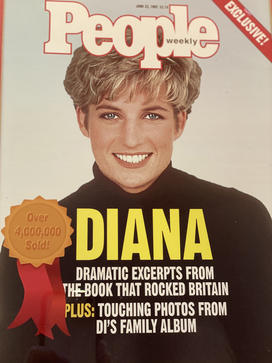
She seemed to be the image People described in its first words written about her in 1981: “Think of her as the Girl Next Door, a blue-eyed blonde with a peaches and Devonshire cream complexion.” She appeared on People’s cover 57 times, at last count.
Before and during the time of our visit, the Fleet Street tabloids had erupted in one of their periodic feeding frenzies over the dissolution of Diana’s marriage to Prince Charles. We asked her how she was coping with the onslaught of publicity. She said that she tried to ignore it but was concerned about “its impact on William and Harry.”
The princess then said that she had concluded that one way to deal with her problems with the press was to get to know it better, so she was having small meetings with editors. (By implication, our tea was part of this strategy.) She said that she had recently met with “Mr. Murdoch,” whose tabloids had been among the most virulent in reporting on her private life.
Diana told us that she was willing to collaborate on a charity event for Pediatric AIDS in the U.S. As the conversation began to lag, we gathered our coffee cups and rose to leave. She walked us downstairs, thanking me for taking time to see her during my visit to London. (Not an inconvenience at all, I assured her.)
The fruits of our labor would come in June 1996. Henry Bienen, Northwestern’s president (and a former dean of the Woodrow Wilson School), and I escorted the princess to a gala in Chicago, where we shared an intimate dinner with 1,500 guests who paid up to $35,000 a table to join us. The princess was charming, witty, charismatic, compassionate, and totally professional. The palace said I could have the first dance with her, provided I met three conditions. First, I had to be a good dancer. Check! Second, I had to be happily married. Check! Third, I had to be 6’ tall. Oh, well. In the end, we raised $1.4 million for charity.
If Diana had lived, today she would be a grandmother of four approaching the age of 60. She would not have gone the society route of the Duke and Dutchess of Windsor. Her model more likely would have been Elizabeth Taylor and her own charitable causes. Would she enjoy The Crown? Or would she see in it a metaphor of her last pro-bono cause: Life is a minefield.
Once outside, we stood for a few minutes by the car, chatting about the weather, of all things. As we pulled out of the driveway, I turned to look back and saw what will remain my lasting image of her: the Princess of Wales standing by her doorway, alone, waving goodbye.
Landon Jones ’66 was the head editor of People magazine at Time Inc. from 1989-97. He edited the Princeton Alumni Weekly from 1969-74. A version of this article ran in PAW’s Oct. 8, 1997, issue.

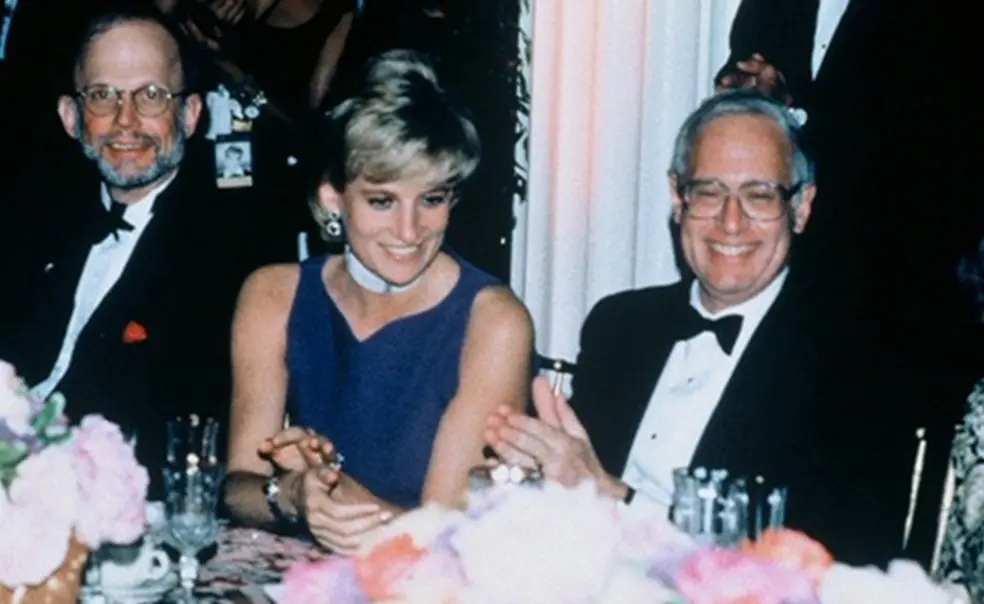





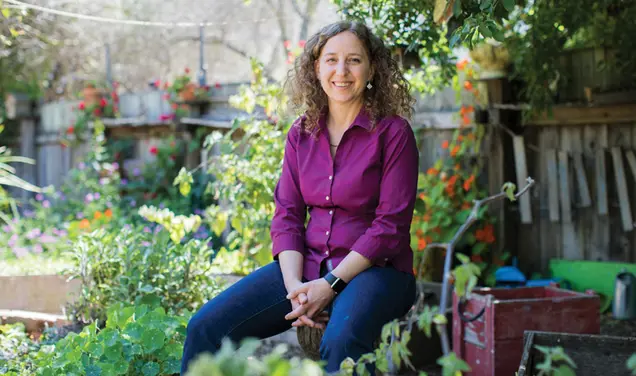
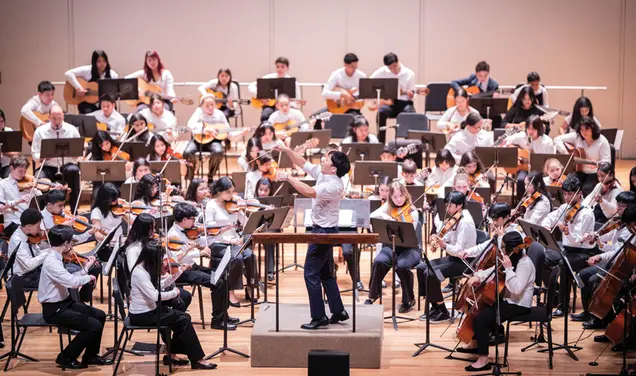
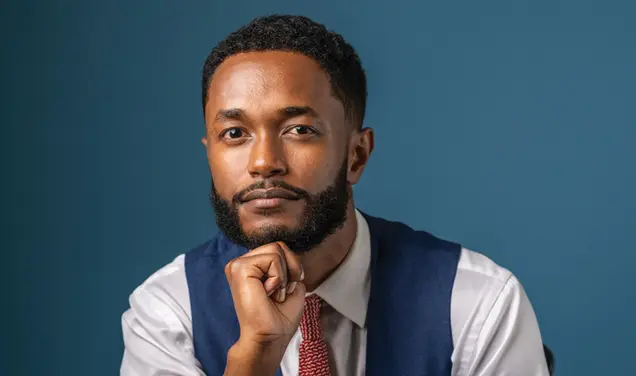

No responses yet